 More of the Music of Paul Simon
More of the Music of Paul Simon
Reviews and Commentaries for Graceland
Sonic Grade: F
Where did this thick, dull, bloated, opaque turd come from?
Having played at least 50-75 copies of the album over the last ten years, I can honestly say I have never heard one that sounded like this new version (maybe some record club copy we picked up by accident did, can’t say it never happened).
Can that possibly be a good thing?
Well, in favor of that proposition, I guess you could say it sounds less like a CD now.
On the other side of the ledger, it now sounds a great deal more like a bad LP.
We listen to piles of pressings of Graceland regularly. We know what the album generally sounds like, the range from bad to good, and we know what qualities the very best copies must have in order to win one of our shootouts.
Above all the one thing Graceland has going for it sonically is CLARITY. It can be open and spacious, tonally correct, with punchy, tight bass and present, breathy vocals. The best of the best copies have all these qualities, but the one quality any good copy must have is clarity, because that’s what’s good about the sound of the record. Without clarity the music doesn’t even work.
The new version has been “fixed.” It got rid of all that pesky grit and grain and CD-like sound from the original digital mix by simply equalizing them away.
Cut the top, cut the upper mids, boost the lower mids and upper bass and voila – now it’s what Graceland would have sounded like had it been all analog from the start, AAA baby!
Or at least analog for those who don’t know what good analog sounds like.
But it never was all analog, and trying to make it sound that way just ruins the one quality that it actually had going for it — clarity.
VTA
You can adjust your VTA and other table settings until you’re blue in the face, you’ll never get this pressing to sound right, and you’ll certainly never get it to sound very much like any Sterling original pressing I’ve ever heard.
The digital spit and grit is still there, under the darker EQ. And now it’s even worse — Simon’s voice has a thick, dull blanket over it, but you can still hear the spit underneath it.
You could probably take the CD and equalize it to sound like this record. But what would be the point?
The Bright Side
Well, perhaps there is a point to this equalization madness.
The CD already exists. It has a sound.
The original record has a sound too, and it’s a fairly common LP in the used bins. You could buy two or three for not that much money and try to find one you like better than the vinyl version you probably already own.
Or, dissatisfied with the sound of the original records and CDs above, and not in the market to spend hundreds of dollars on a good copy from us, you could look at the new Heavy Vinyl pressing as another option, a different take, a new approach, something along those lines.
Just don’t think that by doing so you’re going to hear Graceland the way Paul Simon, Roy Halee, or the folks at Sterling wanted you to hear it.
They produced millions of copies that mostly sound one way, and now some fellows — at least one of whom was involved with the new project, to be fair, but it was 40 years ago(!), and it’s fair to point that out too, right? — some new fellows have produced a few thousand copies that sound another way.
It’s clear to us who got it right, but based on what I’ve been reading in preparation for writing this commentary, the audiophile reviewers and at least some of the audiophile public at large see it quite differently.
Our Offer [no longer valid, sorry]
We are more than happy to let you decide the issue for yourself. Rather than throwing up our hands and saying “we give up,” we actually would like to help you make an informed decision.
To that end we will happily send you our copy of the Heavy Vinyl version along with your purchase of any Hot Stamper of Graceland on the site. Play them head to head and let the chips fall where they may.
The only thing we ask is that you return it to us so the next person who wants to compare the two can do so. (Assuming you like the Hot Stamper better of course. If you don’t, send them both back for a full refund, including the domestic shipping. No, really, we insist.)
Our latest preoccupation here on the blog is to point out as often as we can that the Modern Heavy Vinyl remastered pressing is often just too damn smooth.
Whether made by DCC, Analogue Productions or any other label, starting at some point in the mid-’90s, many remastered audiophile pressings started to have a tonality problem that we found insufferable from day one: they are just too damn smooth.
Other consistent problems found on the Modern Heavy Vinyl Reissue, in addition to being too smooth, are shortcomings that rob the music of its life and energy. Thick, opaque, and lacking in ambience, this is what we hear on record after record pressed on Heavy Vinyl.
It may be someone’s idea of “analog,” but it’s definitely not ours.
The remastered box sets of The Beatles (see: Pepper, Sgt.., etc.) are the poster boys for making records sound more “analog” by boosting the bass and smoothing the treble, like your old ’70s system used to do. (Those of you who were in the hobby back then know exactly the sound I am talking about. For those who would like to know more, we wrote this overview.)
The Beatles records that we sell as Hot Stampers have nothing in common with that absurdly artificial approach. Mid-Fi systems may benefit from more bass and less top end, but Hi-Fi systems worthy of the name will not, hence our distaste for this kind of EQ overreach.
More example of overly smooth modern records can be found here. More will be added as time permits.
Further Reading


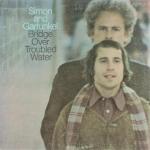



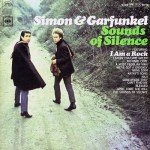
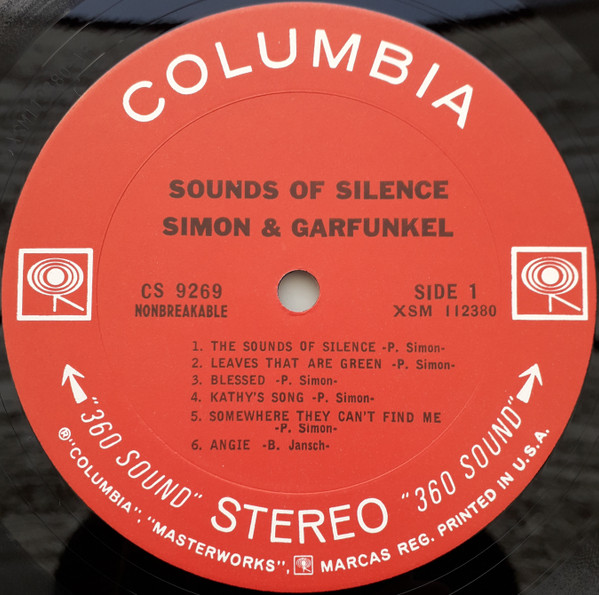 Best and Worst Tracks
Best and Worst Tracks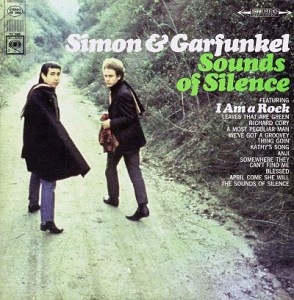
 More of the Music of Paul Simon
More of the Music of Paul Simon
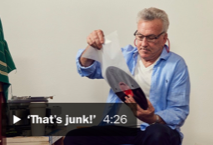 We’ve auditioned many pressings of BOTW, including the
We’ve auditioned many pressings of BOTW, including the